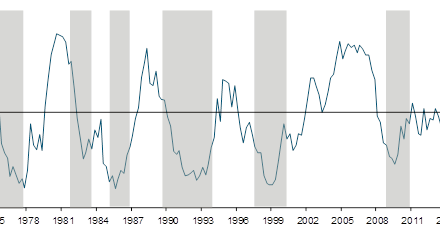
Namibia’s shallow capital market: An opportunity for more financial instruments

By Immanuel Kadhila
GIPF Head: Treasury. The views expressed in this article are his own.
The shallow nature of Namibia’s capital market, the infrastructure funding gap, and the size of the country’s long-term savings make a good case for infrastructure/project bonds.
The Namibian Stock Exchange (NSX) is probably the shallowest despite being one of the oldest on the continent with the number of primary listed companies standing at just 11. This number has remained unchanged for years and provides little depth and limited choices for investors. The depth of the capital market not only helps companies with cheaper sources of funding but also attracts foreign investors searching for yields.
Over the past 11 years, Namibia only managed to add three companies to the main local board despite several attempts by the government through NAMFISA to attract capital back home.
About 24% of the local NSX Market value is owned by the Government Institutions Pension Fund (GIPF). In comparison, the Johannesburg Stock Exchange (JSE) currently has 800 listed securities and approximately 400 listed companies, indicating a deep capital market.
Similarly, 93% of the local bond market is directed to government issuance. The non-sovereign bond programmes make up less than 7%, the majority of which are commercial bank bonds. Only 0.6% of the bonds on NSX are issued by Government affiliated entities (which is just DBN). Nearly 40% of the outstanding bonds on the NSX are owned by the GIPF.
State Owned Enterprises (SOEs) are entrusted with the management of the economic infrastructures of the country and hence are expected to drive the infrastructure development programme. As such they are expected to be the dominating issuers of corporate bonds in this space.
This however is not the case. They instead rely on government funding or commercial bank overdrafts which are often expensive. The 2014 Bank of Namibia (BoN) paper on infrastructure funding requirements in Namibia showed that at that point, the country was faced with a financing need of more than N$223 billion and a funding gap of N$150 billion. This gap has widened since then. Despite this, capital continues to leave the country in search of investments.
The government continues to crowd out the private sector mostly because corporates prefer to use bank debt. NAMIFISA’s regulation requires that a minimum of 45% should be invested in the local economy. Due to a lack of financial instruments, most of these funds sit in the commercial banks’ money market products which in turn find their way out of the country, mostly to SA, or get placed into Treasury Bills by the commercial banks.
For as long as our corporates continue to rely on commercial banks as their only source of funds, which in most cases is short-term in nature, Namibia’s infrastructure gap will continue to widen and our capital will continue to flow to countries with deep financial markets. The dependency of our SOEs on the government will keep them away from the capital market leading to a forever shallow market.
Imagine the impact on the depth of the local capital markets if the following companies issued Financial Instruments on NSX:
Telecom: A lot of telecom infrastructure is aging and needs replacement. The company is also (supposed to) embarking on laying fiber across the country as the need for fast, reliable internet increases. Imagine what education would be like if Namibia had fast internet through modern telecom infrastructures.
Telecom has a large balance sheet and it boggles anyone’s mind as to why they do not tap into the capital market for capital project funding. Two years ago, Paratus issued a bond to finance the data centre and restructure some of its debt. The bond was oversubscribed showing investors’ hunger for alternative instruments. Telecom once came to the market many years ago and since then has not returned.
Telecom’s balance sheet is well over N$2 billion with the lease liability being the only significant debt on its balance sheet. The same can be said of MTC. There are a lot of funds looking for a home while telecom companies are sitting on balance sheets worth billions and unleveraged. The market is looking for Telecom Infrastructure bonds.
NAMPOWER/REDS: Just like Telecom, Nampower and the Reds have massive infrastructure needs. Nampower’s five-year strategy document shows that they need over N$15 billion in funding for its infrastructure expansion to achieve its ambition of becoming a leading electricity service company of choice in SADC. Part of this financing needs can be sourced locally through long-term bonds.
One would expect Nampower to issue long-term papers to finance specific projects whose revenue can be ringfenced. The utility’s balance sheet stands at over N$40 billion and its biggest liability is the deferred tax of over N$9 billion. No other notable borrowing. Instead, Nampower is looking west for cheap financing (or at least that’s what they believe) instead of issuing local bonds and inviting western money to buy these local instruments free of currency risks to Nampower.
Entities such as Nampower complain that the Namibian capital market is expensive. However, the cost is relative to the depth of the market. The more assets we have on the local exchange and the more diverse the set of issuers in the market, the lower the cost of borrowing for bond issuers.












































